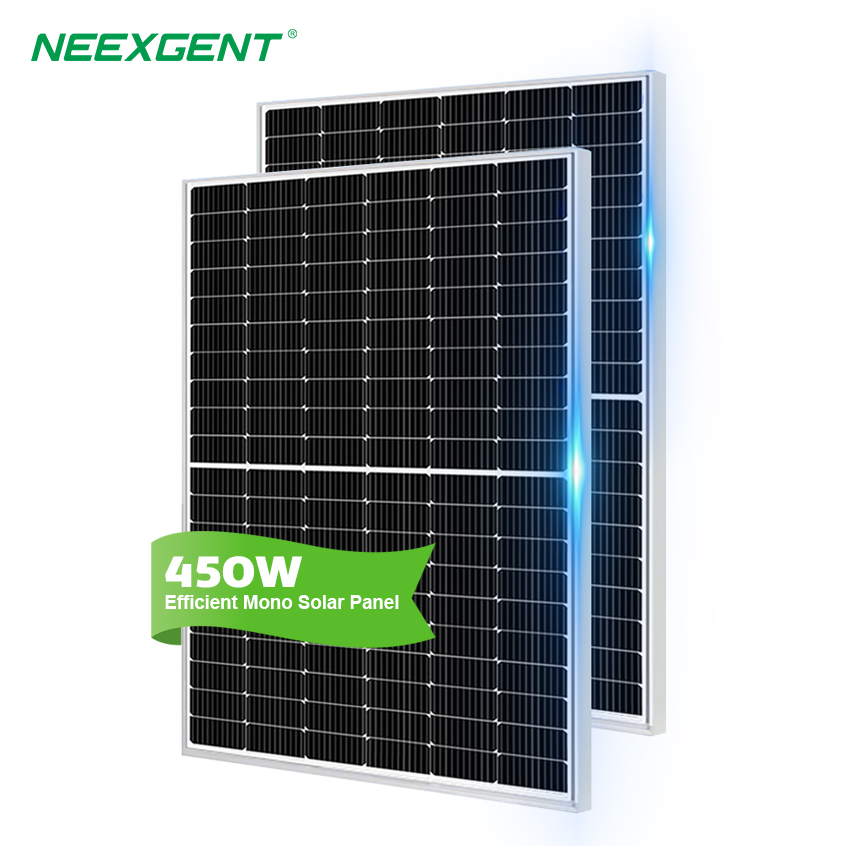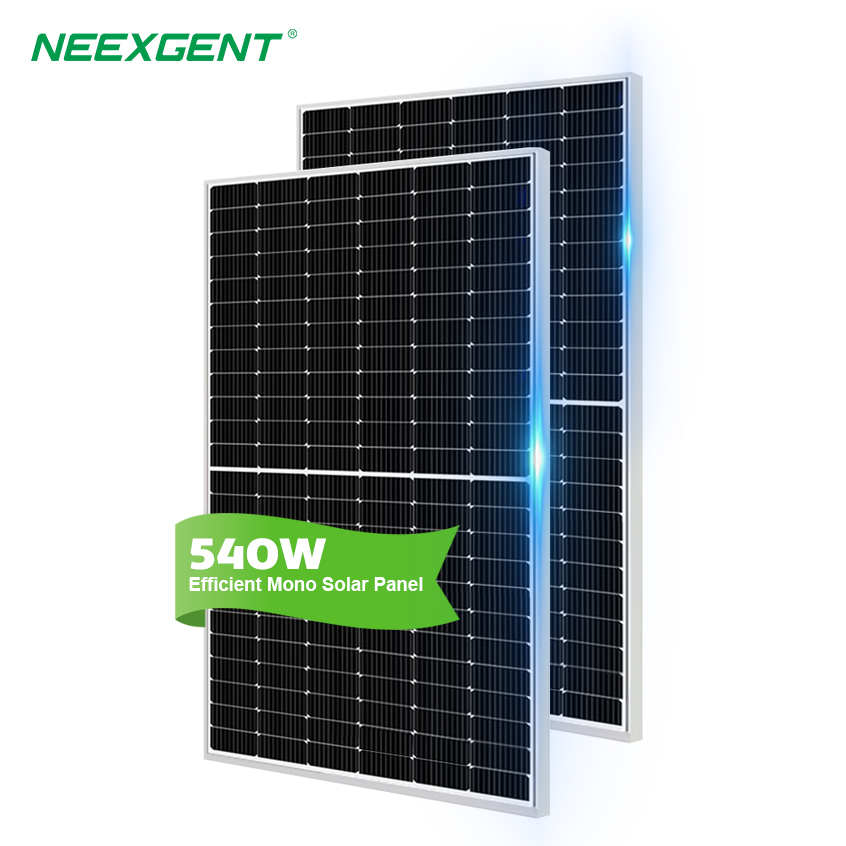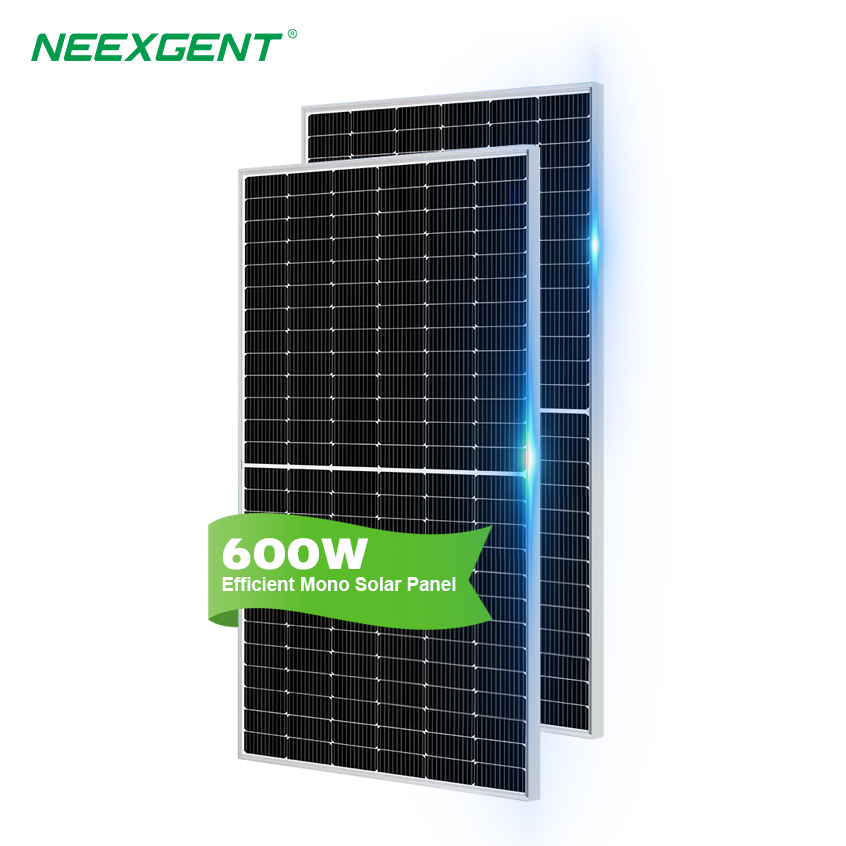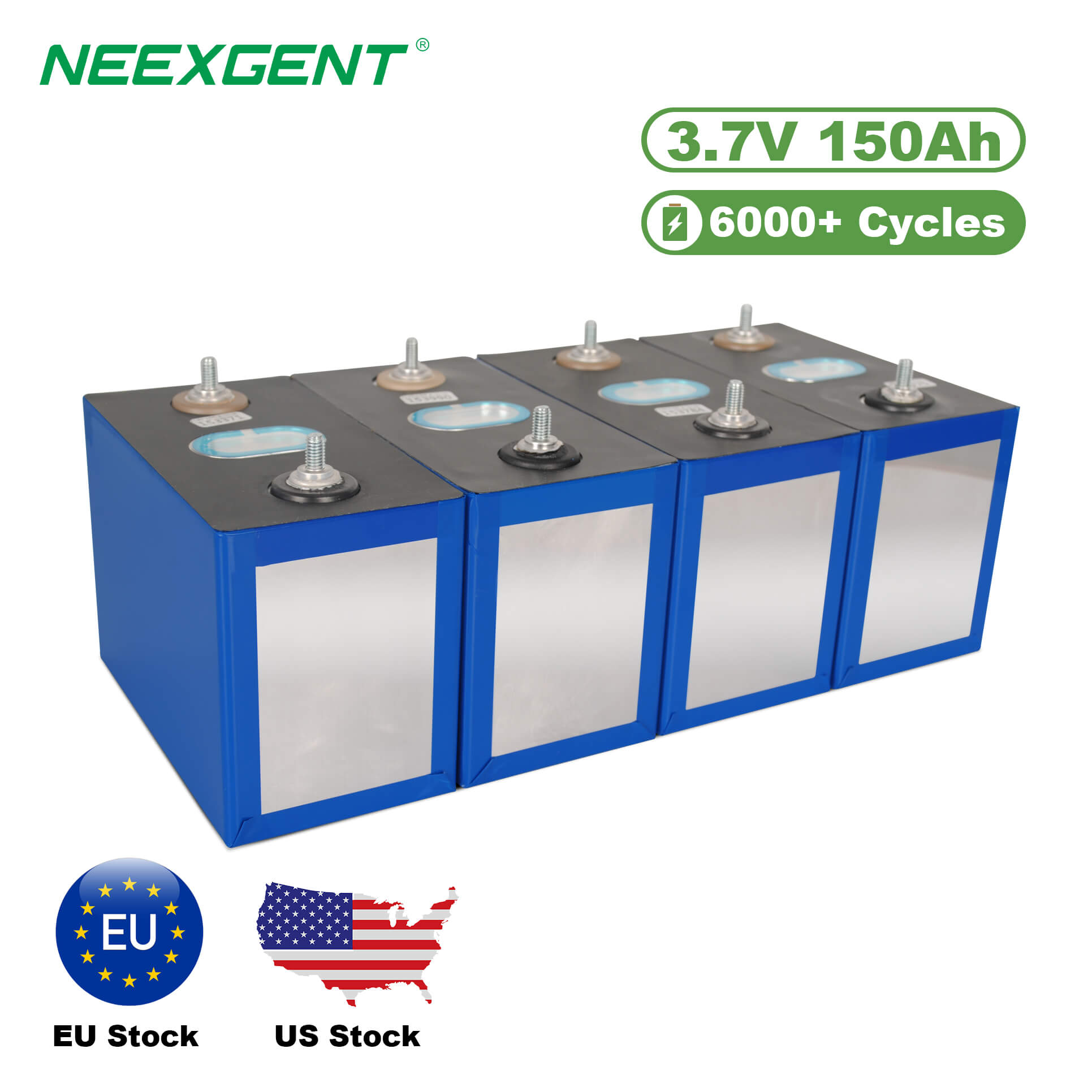Contents:
Why Do Birds Target Solar Panels?
The Problems Birds Cause for Solar Panels
How to Bird-Proof Solar Panels Effectively
Should You DIY or Hire a Professional?
Legal and Ethical Considerations
Cost of Bird-Proofing Solar Panels
End: Long-Term Protection
Solar panels are a smart, sustainable investment for homes and businesses, offering clean energy and long-term cost savings. However, like any installation exposed to the elements, they come with challenges—one of the most common and frustrating being birds. Pigeons and other birds often nest under solar panels, causing significant damage over time. This not only affects the performance of your solar system but can also lead to costly repairs.
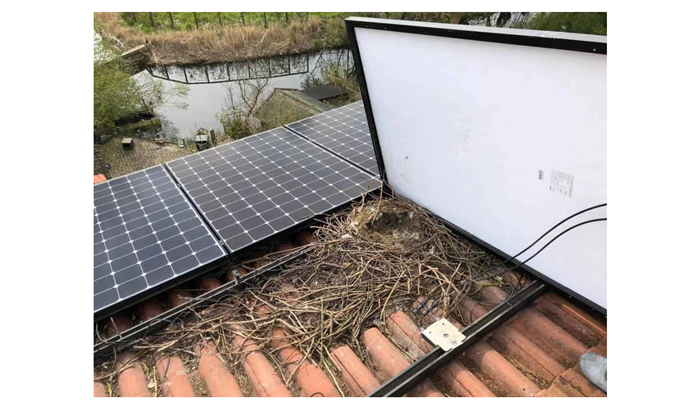
Why Do Birds Target Solar Panels?
To understand bird-proofing, we first need to understand bird behavior.
-
Shelter and Warmth: The gap between solar panels and the roof offers a cozy, sheltered area. It's protected from predators and weather, making it an ideal nesting site, especially for pigeons.
-
Elevation and Safety: Birds prefer elevated nesting spots where they can easily scan for food and threats. Solar panels meet these requirements, particularly on flat or sloped roofs.
-
Urban Environment: In cities and suburban areas, natural nesting spots (like trees and cliffs) are often scarce. Solar panels have unintentionally become substitutes.
The Problems Birds Cause for Solar Panels
While birds may seem harmless at first glance, their presence under and around solar panels can lead to serious problems, including:
1. Nesting Material Build-up
Birds bring twigs, leaves, feathers, and debris to build nests. These materials can clog drainage systems, creating standing water and leading to roof damage or leaks.
2. Droppings and Corrosion
Bird droppings are acidic and can erode the surface of solar panels over time, reducing efficiency and leading to permanent damage. Moreover, large amounts of droppings can block sunlight, directly decreasing power output.
3. Fire Hazards
Dry nesting materials packed around electrical components or under panels increase the risk of fire. Although rare, this is a potentially catastrophic issue.
4. Noise and Hygiene
Birds nesting on your roof can be noisy, especially during breeding seasons. They also attract parasites and create health hazards through their droppings.
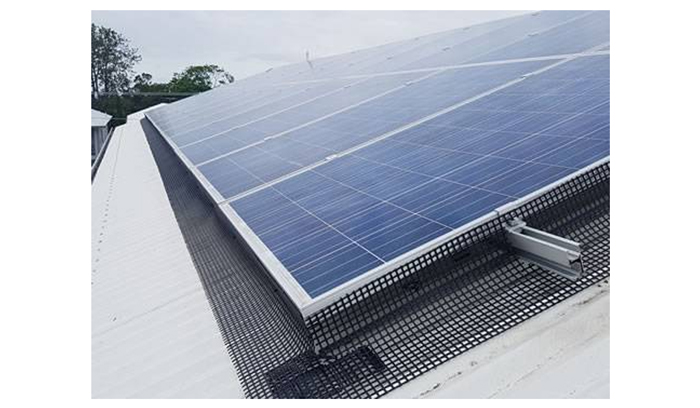
How to Bird-Proof Solar Panels Effectively
Bird-proofing your solar panels requires a proactive, multi-pronged approach. Here are the most effective methods:
1. Install Solar Panel Mesh or Critter Guards
Description: This is the most popular and effective solution. A specialized wire mesh or critter guard is installed around the perimeter of the solar panels to prevent birds from getting underneath.
Benefits:
-
Blocks access without harming birds
-
Durable and weather-resistant
-
Can be custom-fitted to any solar panel system
Installation: Mesh is typically clipped or screwed into place without damaging the panels. It's best to hire a professional for proper installation, ensuring longevity and aesthetics.
2. Use Bird Spikes on Roof Edges and Ledges
Description: Bird spikes are plastic or metal strips with protruding points that discourage birds from landing. These can be installed on gutters, ridges, and ledges around the solar panel area.
Benefits:
Caution: Do not install spikes directly on solar panels. This can void warranties or damage the units.
3. Install Bird Netting
Description: Bird netting can cover larger areas of a roof to prevent birds from accessing not just solar panels, but also chimneys, vents, and other potential nesting sites.
Benefits:
-
Covers multiple problem areas
-
Flexible and easy to install
-
Good for flat or industrial roofs
Drawbacks:
4. Apply Visual Deterrents
Description: Birds are cautious of shiny, moving, or predator-like objects. You can use reflective tape, predator decoys (like owls or hawks), or spinning pinwheels to scare birds away.
Benefits:
Limitations:
5. Use Ultrasonic Bird Repellers
Description: These devices emit high-frequency sounds that are unpleasant to birds but inaudible to humans. Some models also include flashing lights.
Benefits:
Considerations:
6. Maintain and Clean Solar Panels Regularly
Description: Regular maintenance can help spot early signs of bird activity and remove droppings or nesting materials before they accumulate.
Best Practices:
-
Inspect panels at least twice a year
-
Hire professionals for deep cleaning
-
Combine cleaning with inspections for efficiency
Related information: How to Properly Use a Solar Panel Cleaning Brush?
Product Recommendation:
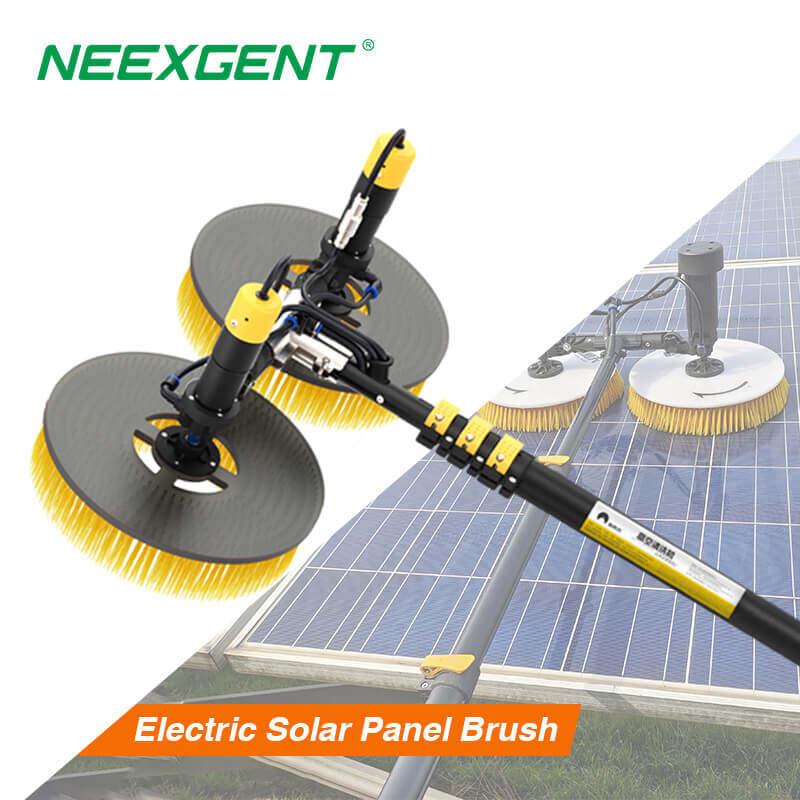
X41 MODEL
Dual head electric photovoltaic cleaning brush
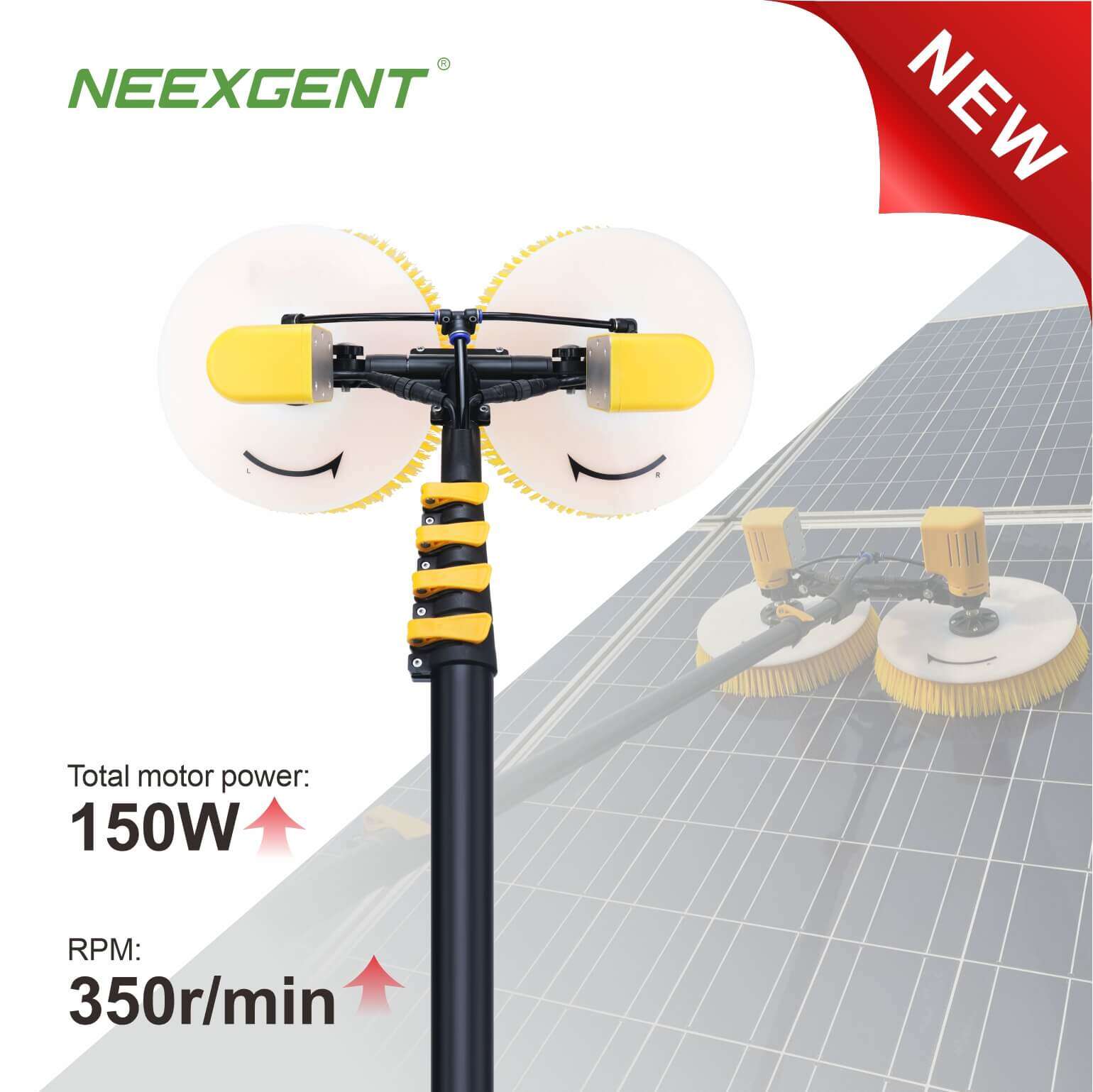
X42 MODEL
Dual-headed solar panel cleaning device
2. Deionized Water System or Purified Water
Water is essential for cleaning, but not just any tap water will do. Deionized (DI) water or purified water is preferred because it doesn’t leave behind mineral spots or streaks after drying.
DI water systems remove minerals and contaminants from water using a special filtration process. These systems are common in commercial solar cleaning operations but are increasingly available for home users.
Why use deionized water:
Should You DIY or Hire a Professional?
DIY bird-proofing can save money upfront, especially for simpler installations like visual deterrents or basic mesh. However, improper installation may lead to:
-
Panel or roof damage
-
Voided warranties
-
Incomplete protection
Professional installation, while more expensive, ensures:
Many solar providers also offer bird-proofing as part of maintenance packages.
Legal and Ethical Considerations
In many regions, disturbing nesting birds—especially protected species—can be illegal. Always check local wildlife regulations before removing nests or installing deterrents during breeding seasons.
Also, choose humane methods that deter rather than harm birds. Avoid sticky gels or poisons, which can cause unnecessary suffering and environmental harm.
Cost of Bird-Proofing Solar Panels
Costs can vary widely based on the size of your solar array, your location, and whether you hire a professional.
| Method |
Estimated Cost (USD) |
| Mesh/Critter Guards |
$300–$1,000 (installed) |
| Bird Spikes |
$50–$200 |
| Bird Netting |
$100–$500+ |
| Visual Deterrents |
$10–$50 |
| Ultrasonic Repellers |
$30–$150 per unit |
| Professional Services |
$500–$1,500+ |
Long-Term Protection
Bird-proofing your solar panels isn’t just about protecting an expensive asset—it’s about ensuring that your green energy system runs at peak efficiency, safely and quietly, for years to come.
By understanding bird behavior and implementing the right mix of prevention strategies, you can avoid the costly consequences of bird-related damage. Whether you choose mesh guards, spikes, or electronic deterrents, proactive bird-proofing is a smart move that pays off in both performance and peace of mind.

